Let's get into an in-depth exploration of the best practices for robotic process automation (RPA) testing! This blog offers important tips and tactics that can greatly influence your RPA testing experience. Regardless of how experienced you are in automation or how new you are to robotic process automation testing, this blog will be a great resource.
By reading this blog you gain valuable knowledge and stay updated on the following topics
📌Comprehensive Understanding: Discover what RPA testing entails and how it differs from traditional software testing. Gain insights into the key phases of the RPA lifecycle and the multiple types of potential issues that need resolution.
📌Importance of RPA Testing: Learn why robotic process automation in testing is crucial, covering aspects such as security, solutions, and the impact of automation on various industries like manufacturing, supply chain, and finance.
📌Best Practices Galore: Explore the top-notch best practices and testing approaches that can elevate your RPA test automation implementations. Understand the significance of script validation and uncover common challenges faced in RPA QA testing.
📌Tool Insights: Delve into the world of RPA testing tools. From robotic automation tools to solutions like UiPath Test Suite, we cover the tools that are shaping the future of automated test suites.
📌Real-World Use Cases: Dive into practical examples and use cases of robotic process automation for testing, showcasing its relevance and effectiveness in real-world scenarios.
What is RPA testing?
What is RPA testing? Robotic process automation (RPA) testing is the process of assessing and ensuring the accuracy, accessibility, and security of RPA automation testing technologies. These technologies automate repetitive processes in a variety of systems and applications by using software robots. The goal of robotic process automation in software testing is to ensure that these robots perform as planned, producing the required outcomes free from mistakes or security flaws.

Why RPA testing is Important?

With so many benefits, RPA test automation is an indispensable technology in today's digital world.
▶️Saves Time:
Repetitive Manual tasks can be automated to free up human resources for more important work.
▶️Ensure Certain Accuracy:
RPA for automation testing lowers human error, resulting in tasks that are completed consistently and accurately.
▶️Boosts Productivity:
RPA increases overall efficiency by speeding up operations through task automation.
▶️Enhances Compliance:
RPA makes sure that activities are carried out in accordance with rules and guidelines.
▶️Scalability:
RPA can manage high workloads without compromising efficiency or quality.
▶️Cost-Effective:
Over time, cost-effective automation raises ROI and lowers operating expenses.
Key benefits of following best practices in RPA testing
Smoother Manufacturing Operations:
🔶Reduced Errors: Robotics process automation testing bots handle crucial tasks in manufacturing, like inventory management and order processing. Best practices in testing ensure these bots function flawlessly, minimizing errors and disruptions in production lines.🚫❌
🔶Enhanced Efficiency: Streamlined RPA testing strategies lead to more efficient bots, reducing processing times and bottlenecks within manufacturing processes.⏱️📈
🔶Improved Quality Control: Thorough testing ensures data accuracy and consistency throughout the RPA-driven tasks, leading to better quality control in manufacturing processes 🔍💯
Stronger ROI from RPA:
🔶Cost Savings: Preventing errors and inefficiencies through robust testing saves time and resources in the long run, maximizing the return on investment in RPA technology for your manufacturing operations 💰💸
🔶Reduced Downtime: Fewer bot-related issues mean less downtime for your manufacturing processes, leading to increased productivity and overall cost savings ⏳📈
🔶Scalability and Adaptability: Following best practices allows for easier scaling and adaptation of automation testing software as your manufacturing needs evolve, ensuring long-term value from the technology. 🌱♻️
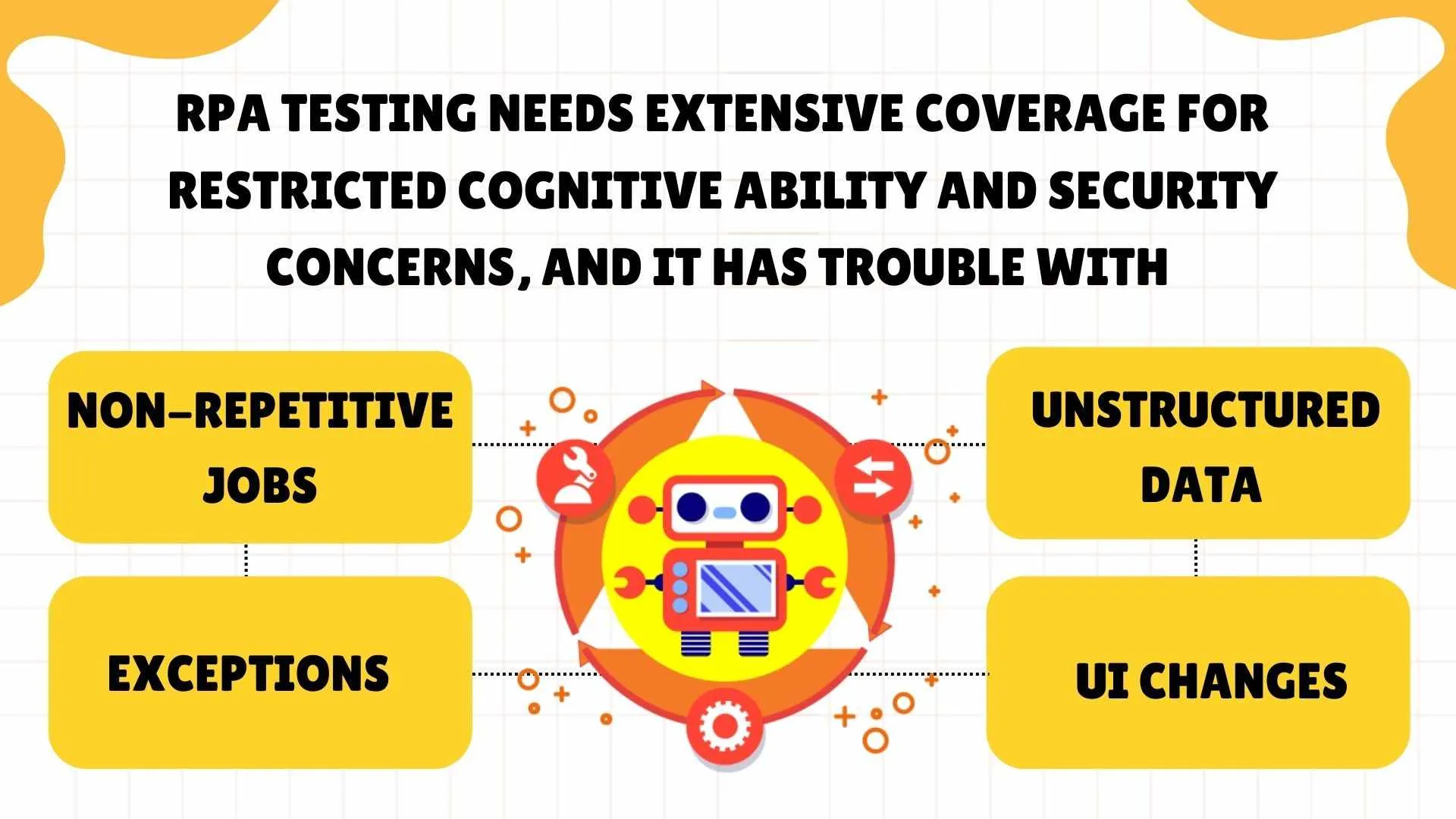
Differences between traditional testing and RPA testing
Traditional testing is costly and time-consuming because it mostly relies on physical labor. On the other hand, RPA testing automates procedures with the use of robots, providing more flexible, affordable, and quick ways to streamline company work in a variety of industries.


Phases of Robotic Process in Automation Lifecycle
The following essentially describes the stages of the robotic process automation lifecycle:
- Phase of Discovery: Identify and evaluate organizational procedures and business requirements that could be automated. Consider the advantages and viability of putting RPA software testing tools into practice.
- Phase of Design: Create the architecture for the automation test suite, taking into account data processing, process workflows, and points of integration with current systems.
- Phase of development: Construct and set up the bots in accordance with the specifications. This includes implementing validations and automated testing suites.
- Phase of Testing: Make sure the solution meets goals by subjecting it to extensive testing, including UI path testing, integration testing, and test automation RPA.
- Phase of Deployment: After testing is complete, deploy the RPA bots into the live environment. During the first deployment, keep an eye on their performance and take care of any problems that may come up.
- Phase of Operations and Maintenance: Oversee the automated test suite, monitor performance, and implement improvements to maintain optimal effectiveness.
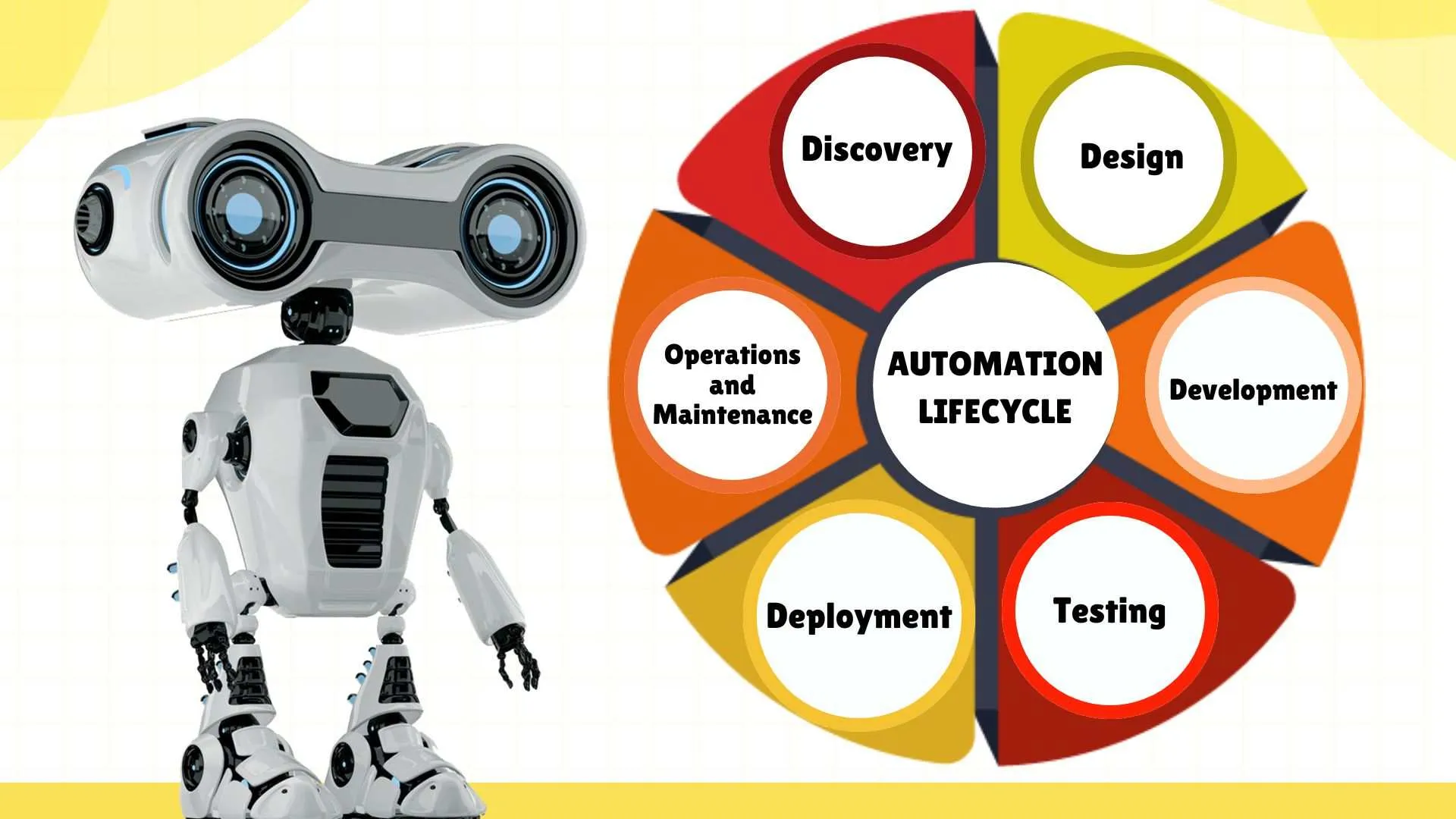
Handling multiple types of challenges in RPA Testing
To guarantee the seamless operation of the robotic process automation (RPA) platform and the automation process itself, a variety of problems may surface during RPA testing. These problems may include of
- Inaccurate data handling: Robots may misunderstand or handle data improperly, producing inaccurate results.
- Process exceptions and errors: Unexpected behavior may arise from unforeseen events or mistakes made during the automated process.
- System integration problems: RPA solutions might not work smoothly with other programs or systems, which could cause interruptions in Automation Projects.
- Security flaws: If RPA procedures are not adequately secured, they could pose a security risk and expose confidential information.
- Performance bottlenecks: Processes may be slowed down by ineffective automation designs or resource constraints.
- Compliance violations: Violating established rules or guidelines may result in legal action.
- UI element changes: Modifications to an application's user interface may prevent automation if they are not adjusted.
Automation process logical errors: Inadequate programming or reasoning in the automation script may result in unexpected consequences.

Best practices and testing approaches for RPA implementations
For effective RPA installations, consider the following crucial best practices and testing strategies:
Best Approaches for RPA Development:
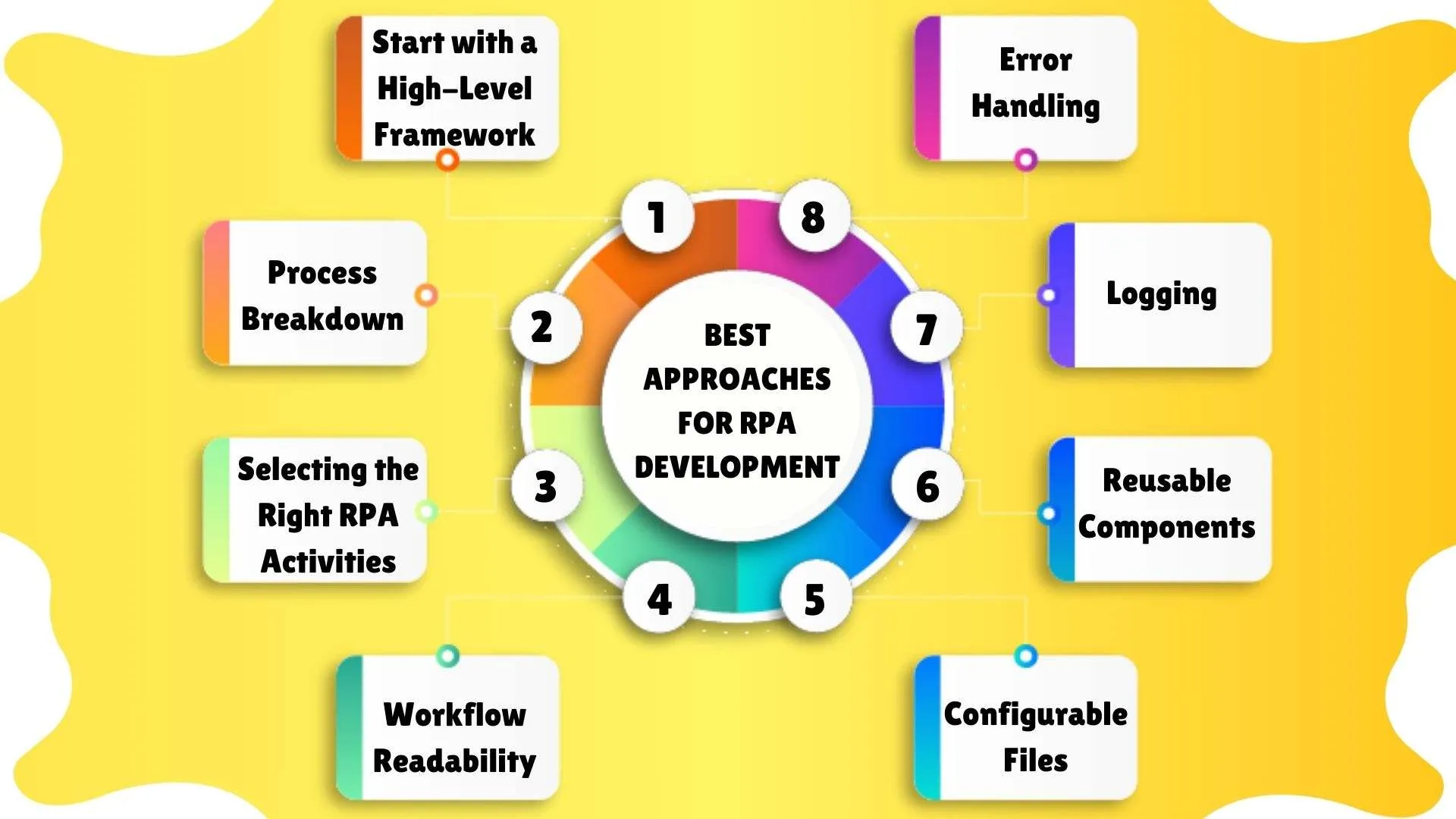
- Start with a High-Level Framework: Before you start coding, map out the entire process and divide it into manageable activities, involving both the development team and stakeholders.
- Process Breakdown: To make development and maintenance easier, break up large, complex processes into smaller, more manageable workflows.
- Selecting the Right RPA Activities: Select the right RPA tasks (such as data entry, screen scraping, and application interaction) for every stage.
- Workflow Readability: To make your workflows simple for others to comprehend, use logical flow patterns, comments, and unambiguous naming conventions.
- Configurable Files: To improve maintainability and prevent hard coding sensitive information, create separate configuration files for variables, credentials, and other settings.
- Reusable Components: Create reusable components for routine tasks to enhance the efficiency of RPA testing tools.
- Logging: Implement logging mechanisms to track the bot's actions, identify errors, and troubleshoot issues efficiently.
- Error Handling: Construct robust error-handling mechanisms in UIPath test automation to address exceptions.
- Testing Approaches for RPA:
Testing Approaches for RPA:
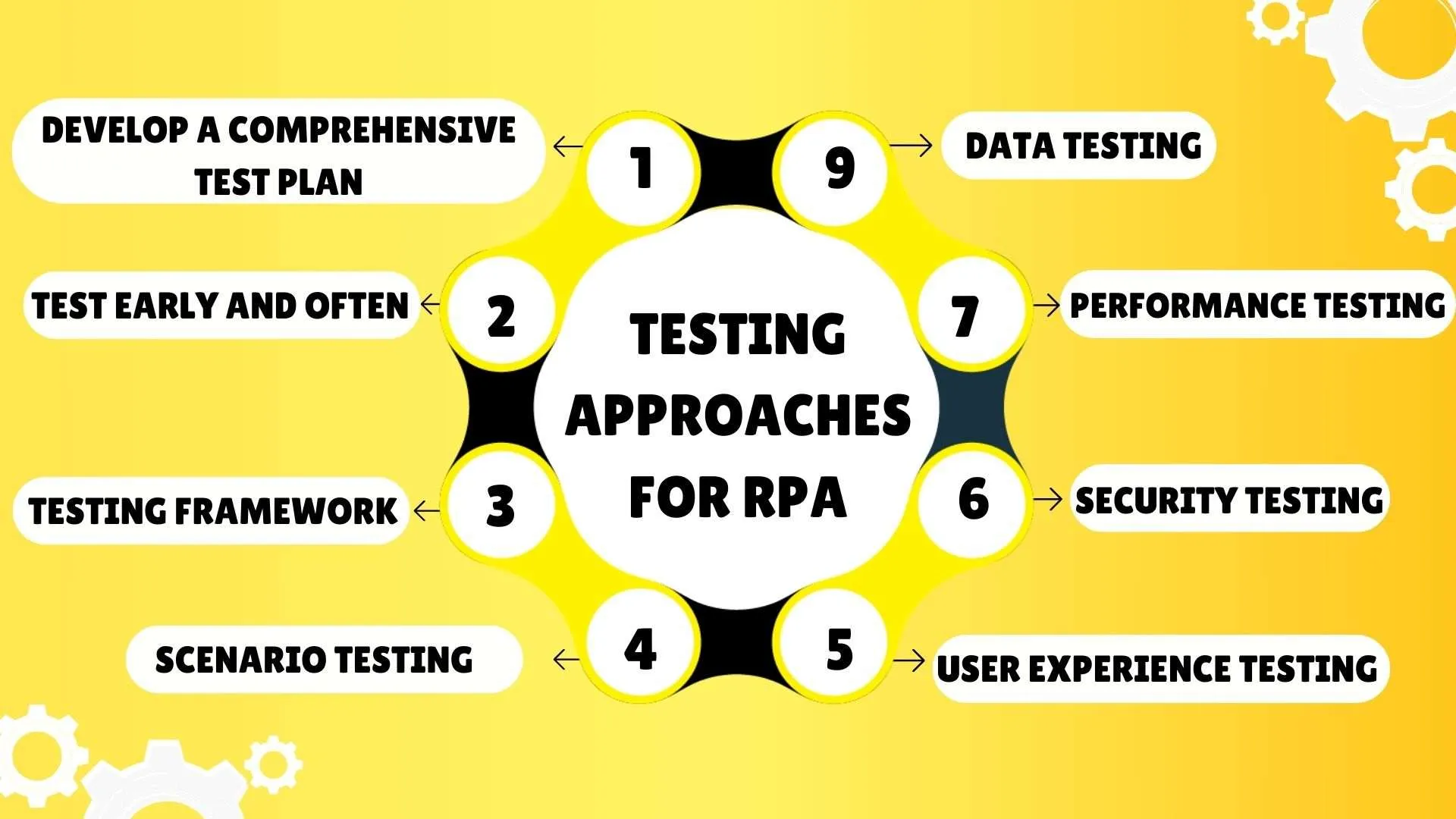
- Develop a Comprehensive Test Plan: Create a thorough test plan by defining the tests you'll run, the results you expect, and the acceptance standards before you begin.
- Test Early and Often: Include testing team at every stage of the development process, moving from unit testing to integration and system testing.
- Testing Framework: Make use of an organized RPA testing framework that describes many test scenarios and testing categories, such as security, non-functional, and functional.
- Scenario Testing: Test cases covering a range of scenarios, such as edge cases, positive and negative routes, and exception handling, should be designed for scenario testing.
- Data Testing: Conduct a comprehensive analysis of the bot's behavior using several data sets, including valid, invalid, and border values.
- User Experience Testing: Test with end users (or business users) to make sure the bot is easy to use and meets their needs.
- Performance testing: Evaluate bot performance under stress using test automation solutions like the UiPath Test Suite.
- Security testing: To find and fix vulnerabilities in the Software bot and the systems it communicates with, carry out security testing.
Top tools commonly used for RPA testing
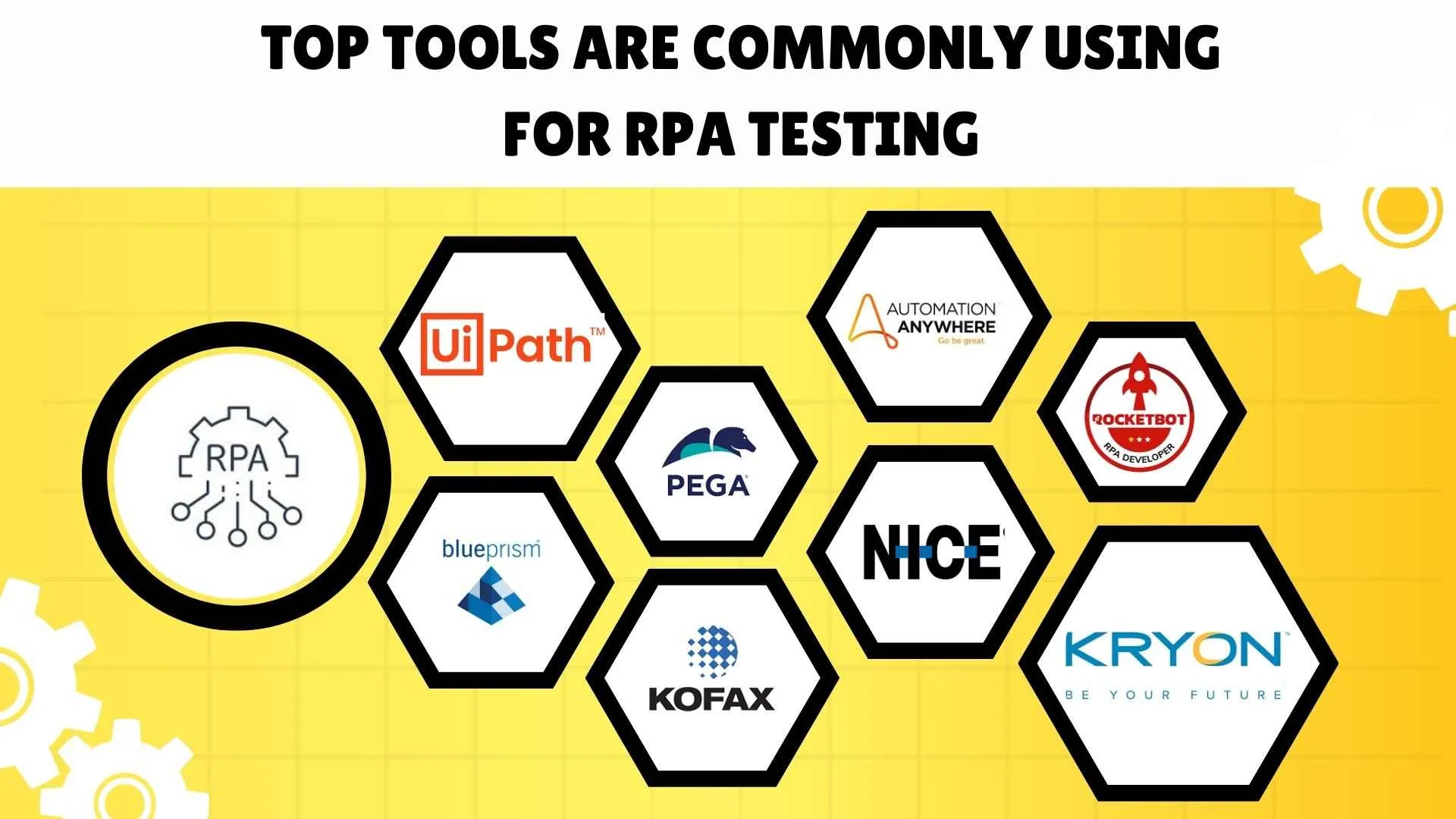
1. UiPath:
A leading tool for robotic process automation testing that offers a drag-and-drop interface and scalable frameworks for managing bots.One of the founders in RPA technologies, UiPath provides an extensive feature set intended for the productive and successful automation of a wide range of business processes.
Features:
- Pre-built connections for easy system integration.
- A drag-and-drop interface makes it simple to design automation without coding.
- Expandable framework for including bots as required.
- Cloud deployment for scalable and simple management.
- Adherence to strict guidelines for safe operations.
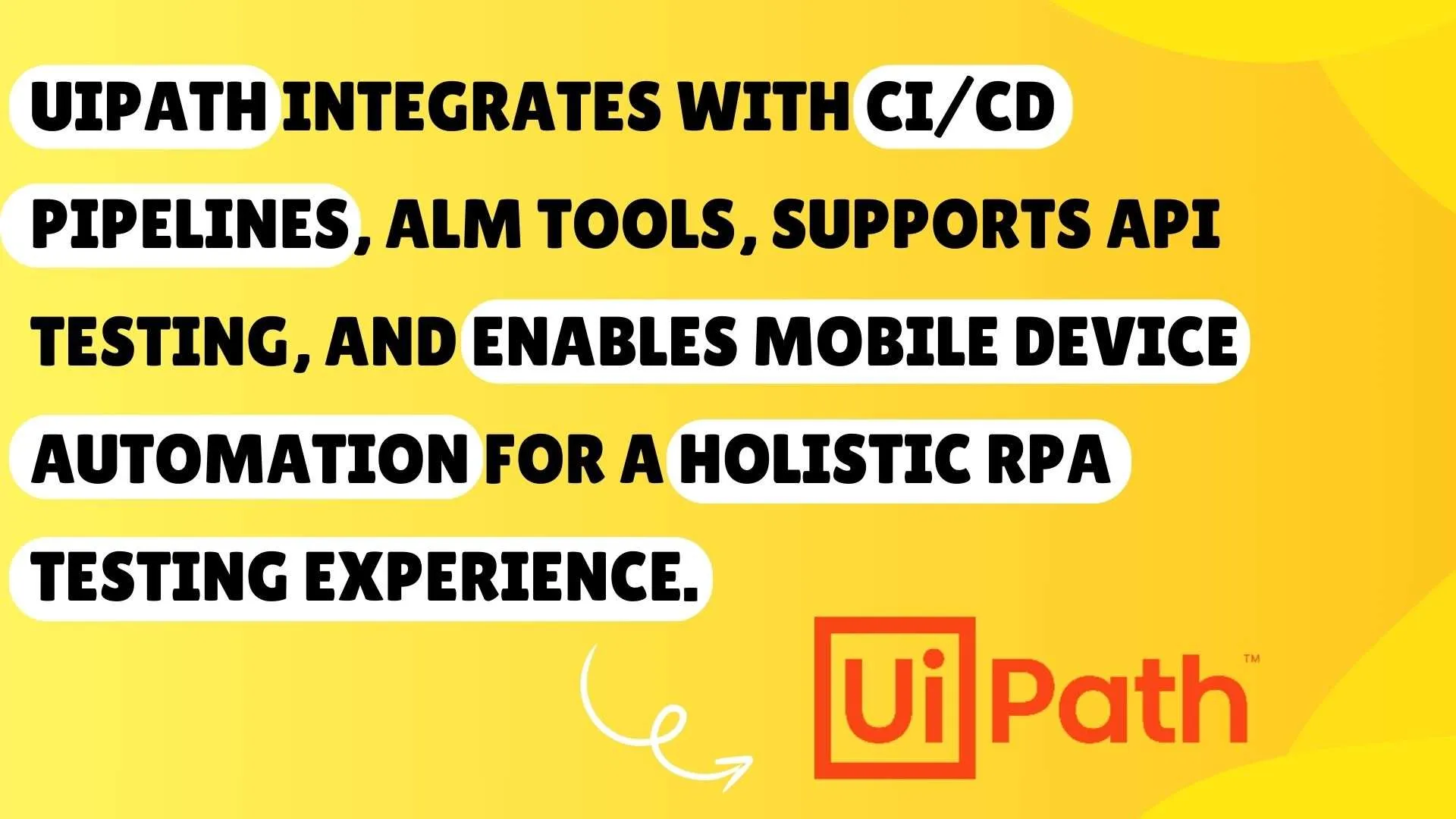
2. Automation Anywhere:
A web-based management system called Automation Anywhere has a control center for managing end-to-end automated business processes. remains a leading player in the market, backed by over 500 brands.
Features:
- Make personalized reports with the task execution history, ROI analysis, and visual logs.
- Using image recognition and OCR, identify text and elements within photos and online pages.
- Use large cloud or on-premises systems for flexible deployment.
- Use technologies with AI capabilities to automate difficult processes in image-based systems such as Citrix.
- Store private information in a central repository and securely control user access.
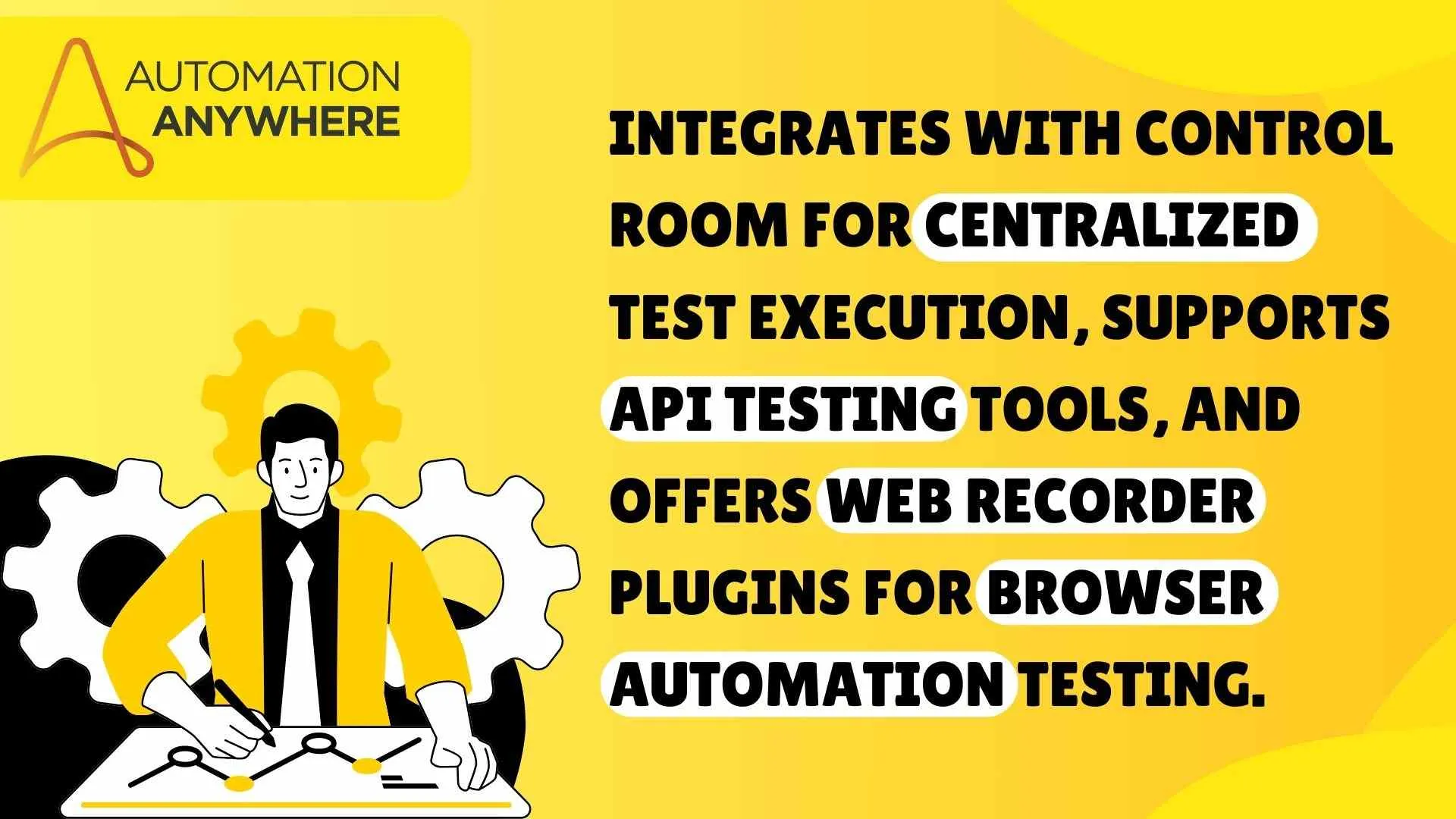
3. Blue Prism:
Blue Prism is a top robotic process automation (RPA) platform that uses cutting-edge capabilities to automate complex operations and a user-friendly interface to alter commercial processes.Blue Prism is a reliable option for automated test software suite, ensuring compliance and scalability.
Features:
- Use Report Designer to track task histories and generate personalized reports.
- Text is created from photos using OCR and image recognition.
- Use cloud or on-premises deployment for flexibility and scalability.
- AISense uses AI to automatically create UI elements from application photos.
- Protect data with bank-grade security and central backups.
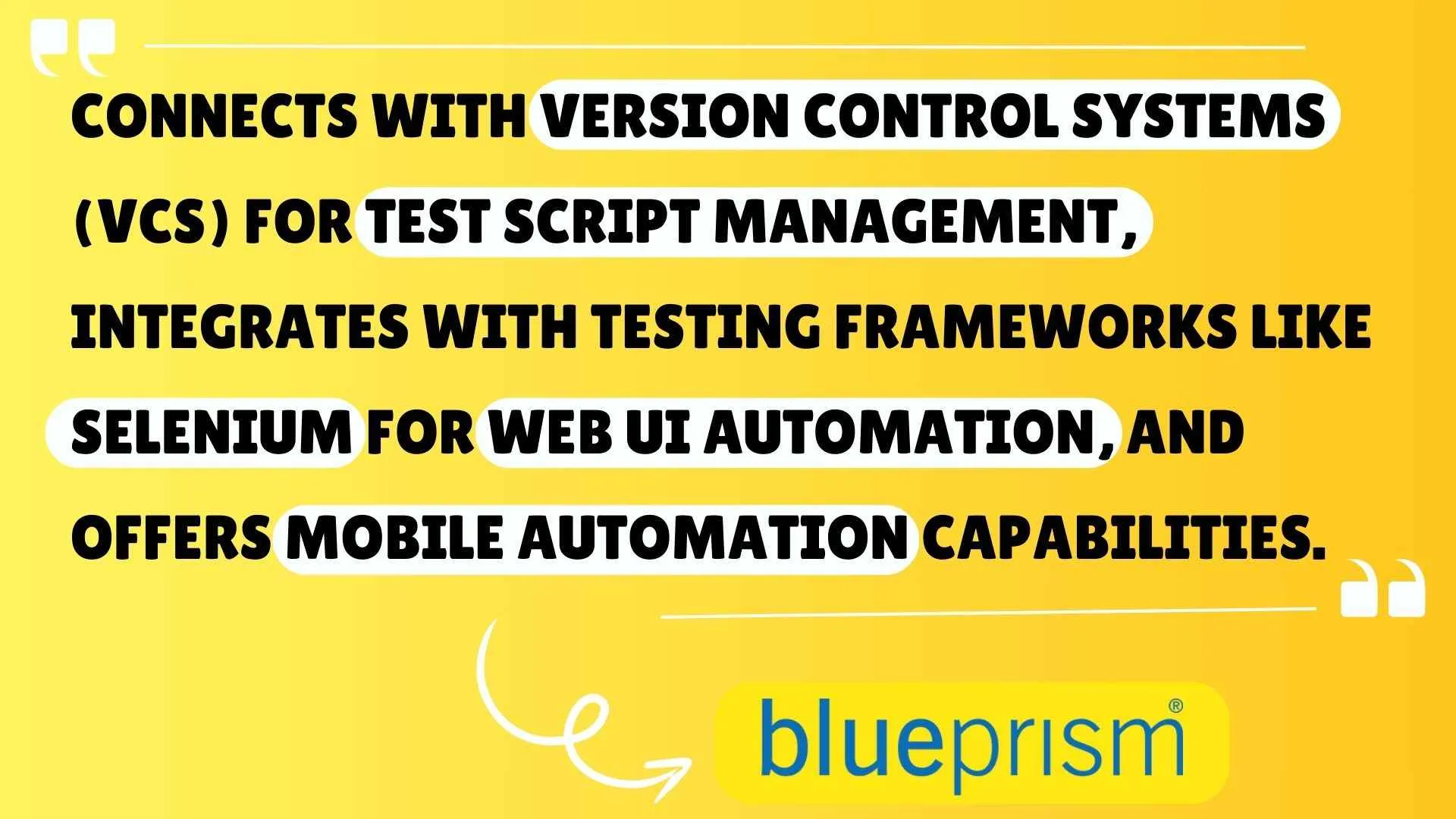
Microsoft's cloud-based software facilitates the easy adoption of intelligent workflows, which increases user productivity. Users can quickly and easily design effective workflows with pre-built connectors that cover everything from simple chores to complex system operations and are seamlessly connected.
Features:
- Hyper automation is made possible by Power Automate's smooth integration with a variety of automation providers.
- Non-technical individuals may create solutions more quickly thanks to low-code AI.
- Users need little time or effort to install a variety of pre-designed templates.
- Workflows are triggered by events using Power Automate.
- Business processes are seen and analyzed using process mining.

Pega RPA provides an adaptable framework for turning labor-intensive manual procedures into healthy, automated workflows that boost corporate performance.
Features:
- Integrates with NLP and OCR to handle complex data.A centralized control hub for the deployment and management of bots.
- Preserves audit trails for accountability and compliance.
- Queue management effectively handles and prioritizes tasks.
- Process recorder: records user interactions to help with workflow
- construction.
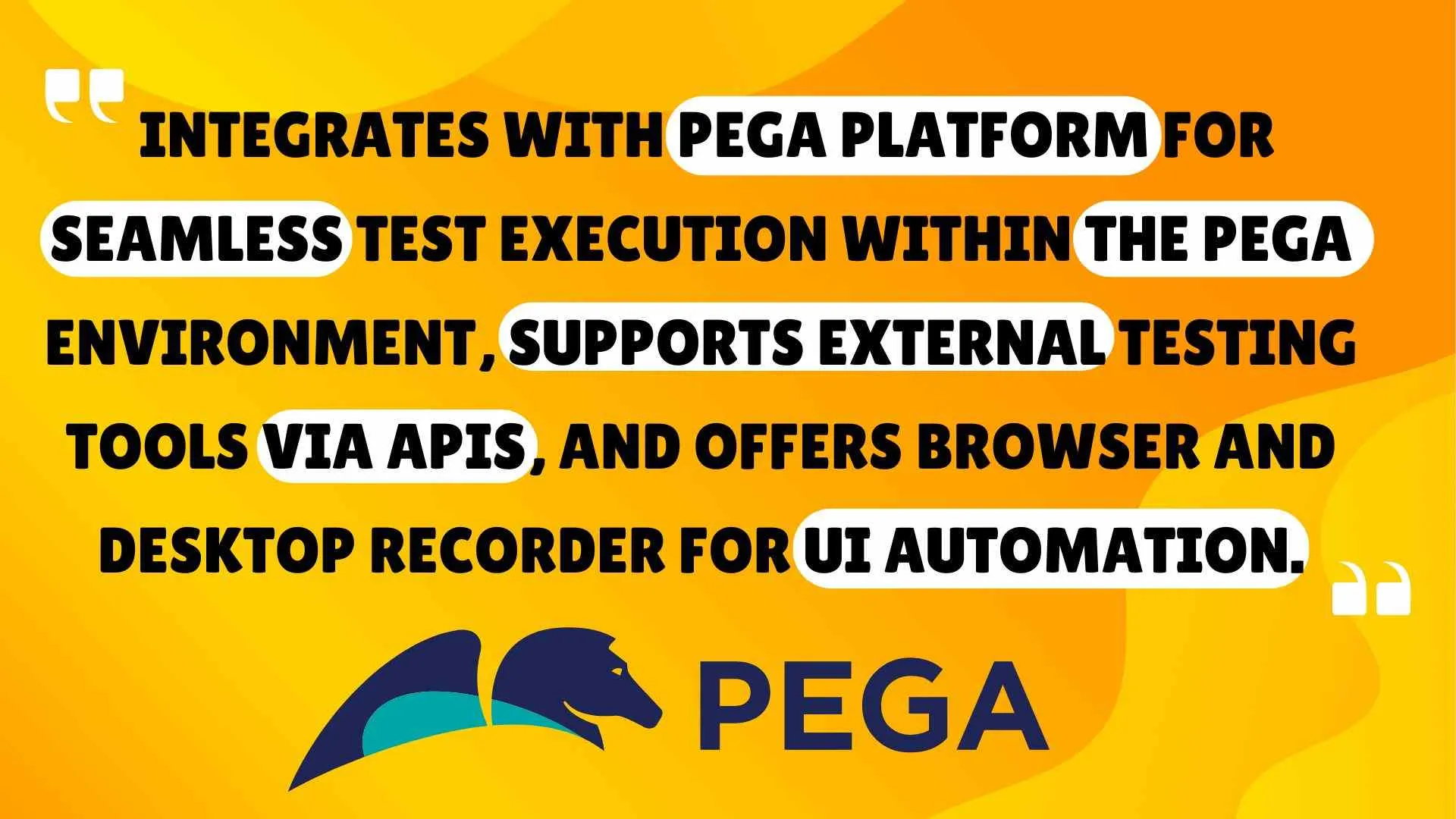
Covering script validation
Script validation is an essential component and critical aspect of robotic process automation (RPA) testing, as it guarantees the precision and dependability of automation procedures. For script validation, keep the following in mind:
Accuracy Check: Verify the accuracy with which the RPA scripts mimic human behavior and get the desired results.
Error Handling: Test the scripts' ability to handle exceptions and mistakes in order to avoid having automated workflows interrupted.
Data Integrity: Ensure that throughout the automation process, the data handled by RPA scripts remains consistent and of high quality.
Boundary testing: Verify the behavior of the script at the limits of the input parameters to prevent unexpected outcomes and guarantee resilience.
Regression testing: Test script updates and modifications to ensure they don't create new problems or interfere with already-existing functionality.
Common challenges faced in RPA testing
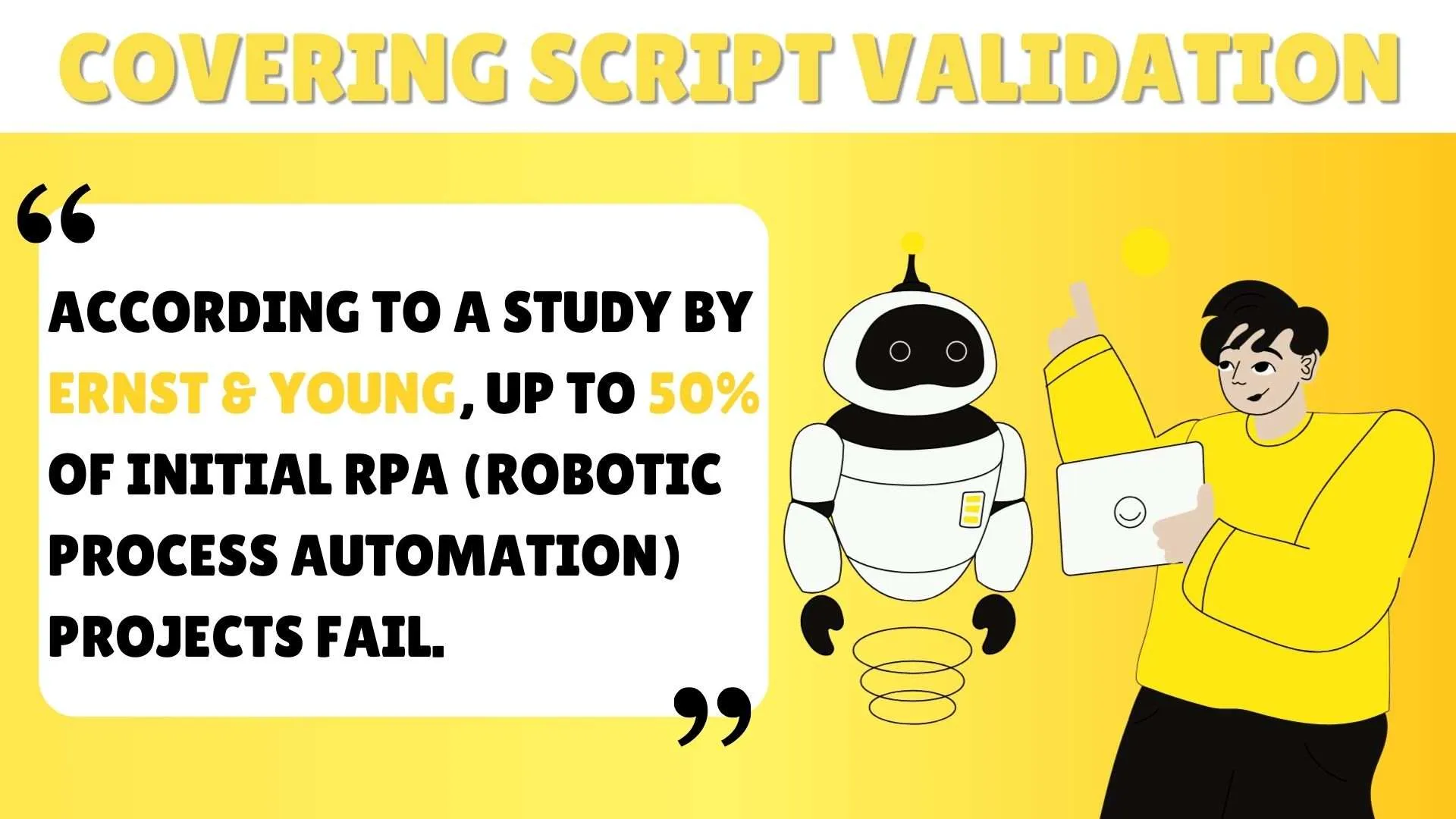
Especially in the context of the robotic process automation market and its application in finance, the following are typical RPA testing challenges:
Complexity of Processes: RPA testing may encounter difficulties while managing complex business processes in the finance industry, such as data management or regulatory compliance.
Integration with Legacy Systems: It can be challenging and necessitate extensive testing to guarantee the smooth integration of RPA solutions with current legacy systems in the banking industry.
Data Accuracy and Security: Preserving data integrity, guaranteeing data security and Access Control are important RPA testing problems, especially in the financial industry where sensitive data is involved.
Compliance Requirements: Strict validation and auditing are necessary to maintain compliance with financial regulations and regulatory compliance standards, which complicate RPA testing procedures.
Scalability and Performance: Testing RPA systems in finance presents constant challenges, including scaling RPA solutions to accommodate high numbers of financial transactions and guaranteeing optimal performance under variable workloads.
RPA testing using UI path
Simplifying and improving automated workflows is key to robotic process automation (RPA) testing with UI Path. A user-friendly platform that makes RPA creation and testing easier is provided by UI Path. To verify RPA scripts and make sure they function as intended in a variety of scenarios, testers can write and run test cases. UI Path is a well-liked option for RPA testing because of its capabilities for resolving exceptions, automating repetitive activities, and connecting with other platforms. Organizations can increase automation initiatives' accuracy, efficiency, and dependability by utilizing UI Path for RPA testing.
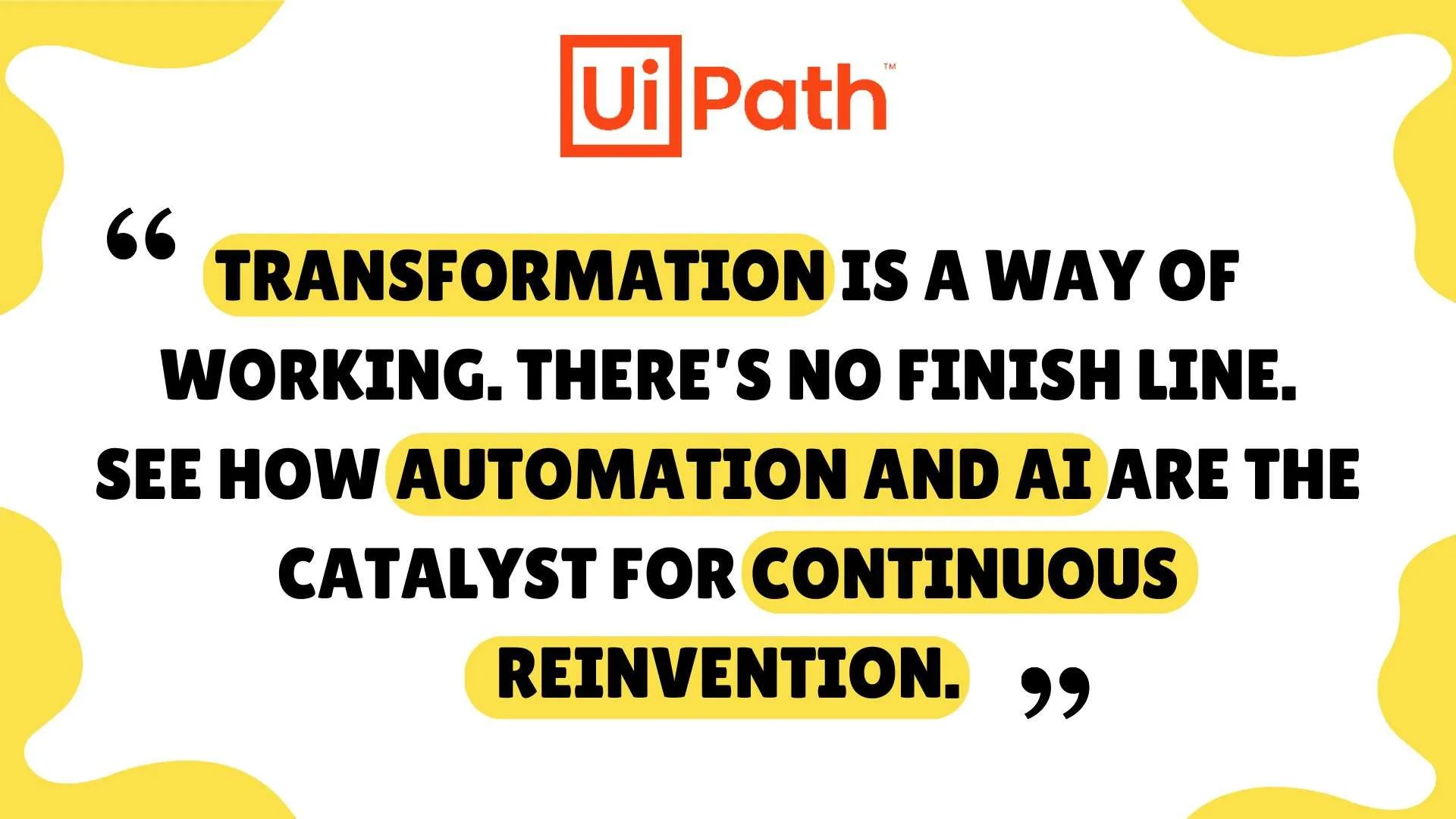
Key Takeaways
We've explored deeply into the realm of automation testing as we conclude this blog on robotic process automation testing. We explored the importance of functional tests in ensuring the accuracy and efficiency of RPA solutions. Intelligent automation has become a game-changer, increasing productivity in a variety of industries and simplifying repetitive tasks. Enabling businesses with state-of-the-art automation technology has been the focus of this journey, which has included discussing robotic process automation services and discovering best practices. Let's continue to use these insights as we enter the era of intelligent automation to improve the creativity and effectiveness of our automated processes.
People also asked
👉How should test data be managed to ensure effective RPA testing ?
Managing test data is essential for RPA testing to be successful. To cover a range of scenarios, keep your test data realistic and varied. You should also make sure it is safely stored and conveniently accessible for testing.
👉Which typical pitfalls should we avoid when conducting RPA testing ?
Ignoring edge cases or uncommon events that real-world processes could experience is one trap to avoid in RPA testing. Furthermore, hastily testing without careful validation can result in the omission of important mistakes or performance problems in automated procedures.
👉What are the common challenges faced in RPA testing?
Handling complicated business processes and guaranteeing a smooth connection with current systems are major RPA testing problems. In RPA installations, testers also encounter problems with scalability, error handling, and data accuracy.
👉How do RPA projects handle performance testing?
Performance testing in RPA projects is done by mimicking real-world settings to assess how well the bots function under various workloads and circumstances. This makes it possible to guarantee that, prior to deployment, the RPA processes can manage work effectively and achieve performance targets.
👉How can RPA testing assist in finding and reducing major security risks?
RPA testing helps reveal security risks by modeling real-world scenarios and finding weaknesses in automated processes. By addressing these risks during security validation, organizations may proactively decrease security threats and ensure a more safe and resilient RPA implementation.



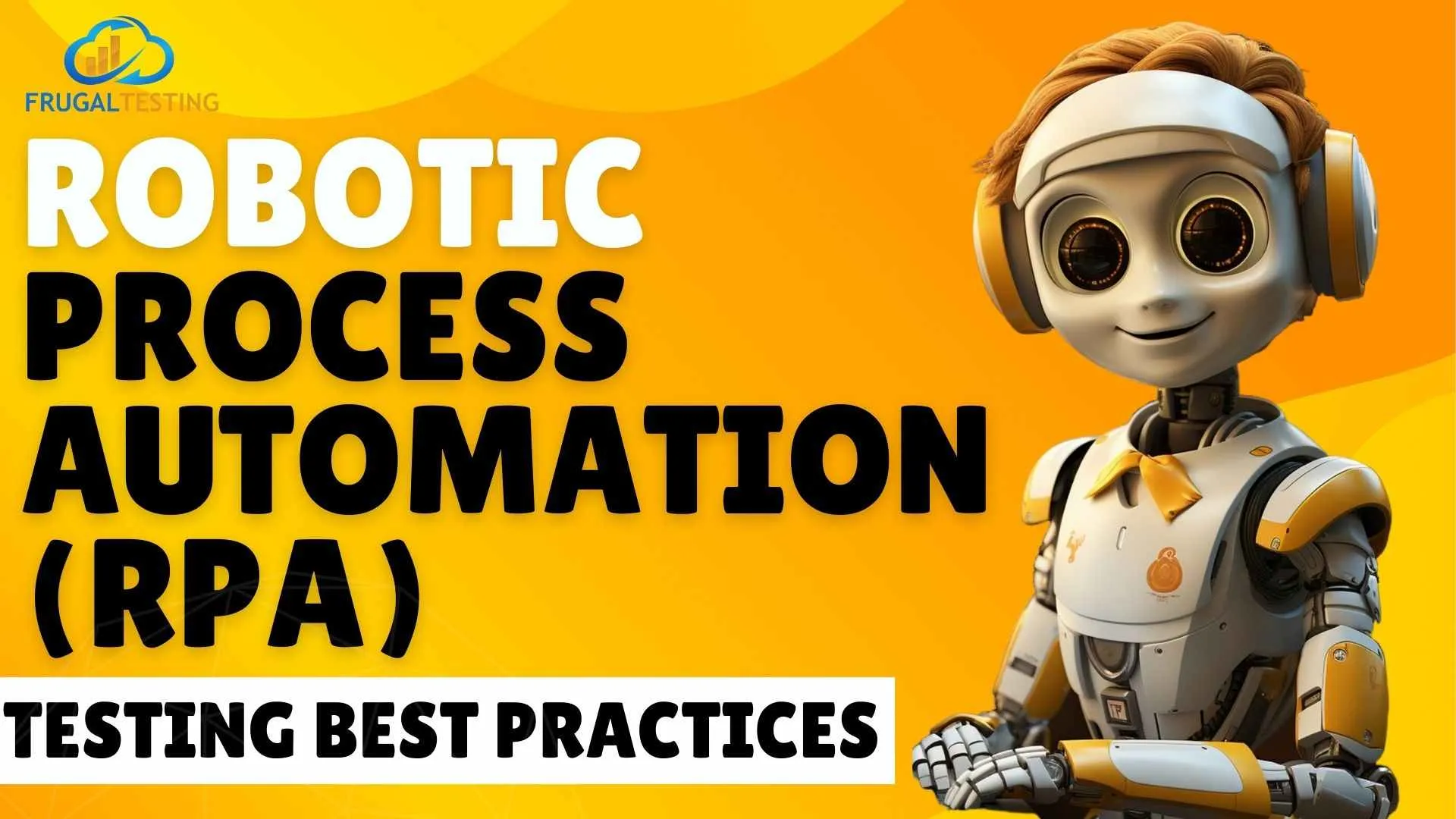

%201.webp)

